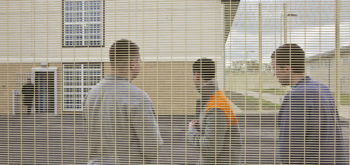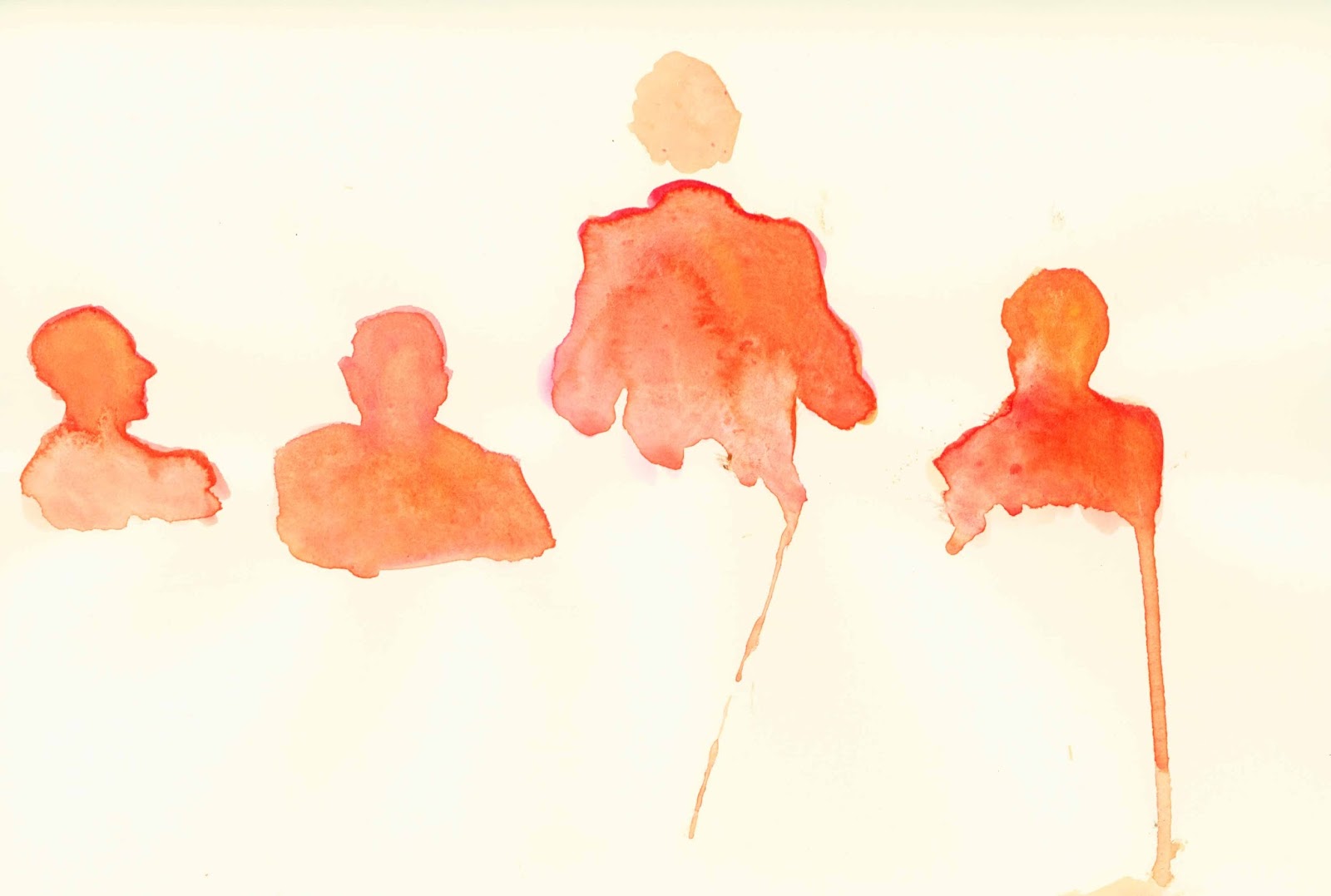[contextly_auto_sidebar]
If you were fleeing conflict and seeking asylum in the UK, how would you want to be treated? This maxim, of putting yourself in another person’s shoes and seeing things through their eyes, applies to much of our personal and professional lives. We have also chosen it as the title of a new research report from the Law Centres Network (LCN), launched on Monday at the House of Lords. The report, by LCN’s Principles to Practice Project, focuses on one group of asylum seekers: children presenting on their own.
Unaccompanied children seeking asylum in the UK are protected by a raft of legal safeguards once here – at least in theory. Their best interests should be at the heart of all decision making with and about them. However, as our report details, the children’s experience is too often full of difficulty, confusion and pain, sometimes acknowledged but often hidden. They find themselves needing to safely navigate a legal minefield, with help that varies greatly in quality and availability.
The Principles to Practice Project aims to improve the asylum process and decision making for separated children by bringing into it child-centred principles and an understanding of child development. For over two years, 15 Law Centres and partners have worked with a representative sample of 60 unaccompanied children. We have recorded and analysed their experiences and those of the lawyers representing them, up to the point of the first decision on their application. This report sets out our findings and makes recommendations for a range of individuals and bodies involved with these children.
There are already calls for a change to the way in which children are legally represented within the asylum system. Speaking at the report’s launch, Lady Hale, deputy president of the Supreme Court, drew attention to its consideration of three different possible models of representation. In the current ‘direct representation’ model, lawyers can only take instruction from their clients. Skilled lawyers will strive to equip their clients with information and tools necessary for giving good instructions. But can a 15-year-old Sudanese boy with limited education and without his family really make critical decisions to direct a lawyer guiding him through a byzantine asylum process?
A second model, that of ‘best interests’ representation, has been recommended elsewhere but, without a guardian and without an established process to identify a child’s best interests, it may not be the most appropriate way to ensure that a child’s needs are fully understood and met. Instead, the report proposes a third model of legal representation, one supported by the American Immigration Law and Bar Associations. In it, the lawyer advocates for the child’s legal interests, ensuring that any immigration remedies available to the child are properly explored, whatever the child’s instructions are in this regard.
Whichever model is used, it must address a fundamental problem in the UK asylum system. The current process is geared to present a snapshot of the child at a particular time, highlighting specific events in their lives to see if they fall into a prescribed list of experiences under the 1951 Refugee Convention, which would entitle them to protection. Yet one of our striking findings is that many of the children had endured great distress and harm for several years prior to and during migration, often from an early point in their young lives. These scarring experiences are rarely brought to the fore in a process which looks for specific events on which to hang a claim. If a child’s best interests are to be asserted then all parties involved with the child must take care to see them as a whole person with a complex and difficult history, a fragile present and a daunting future.
Another challenge is to maintain the integrity of care for these children. On arrival in the UK they have their lives compartmentalised, as various professionals in their respective realms address single aspects of their lives. A child is an asylum applicant, or a legal aid client, or a foster child, or a pupil, and rarely does one professional working with them take account of the complexity of their past experiences and current perspective. Our recommendations suggest that behavioural change can address this: lawyers must diligently seek information from social workers, foster carers and others so that decision makers have a view of the whole child. Likewise, social workers must talk to lawyers in order to grasp the complex legal processes through which the child is being led and can fully support that child.
Mr Justice McCloskey, the UK’s most senior immigration judge, reminded us on Monday that the 1924 Geneva Declaration of the Rights of the Child proclaimed, ‘…mankind owes to the Child the best that it has to give’. As our report asserts, we can only hope to achieve this if all professionals work conscientiously together in the child’s best interest.
The first report of the Law Centres Network’s Principles to Practice Project, ‘Put Yourself in Our Shoes’, is available online now







